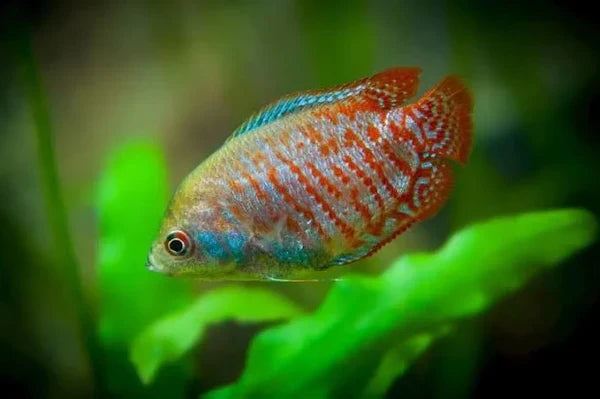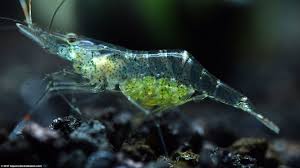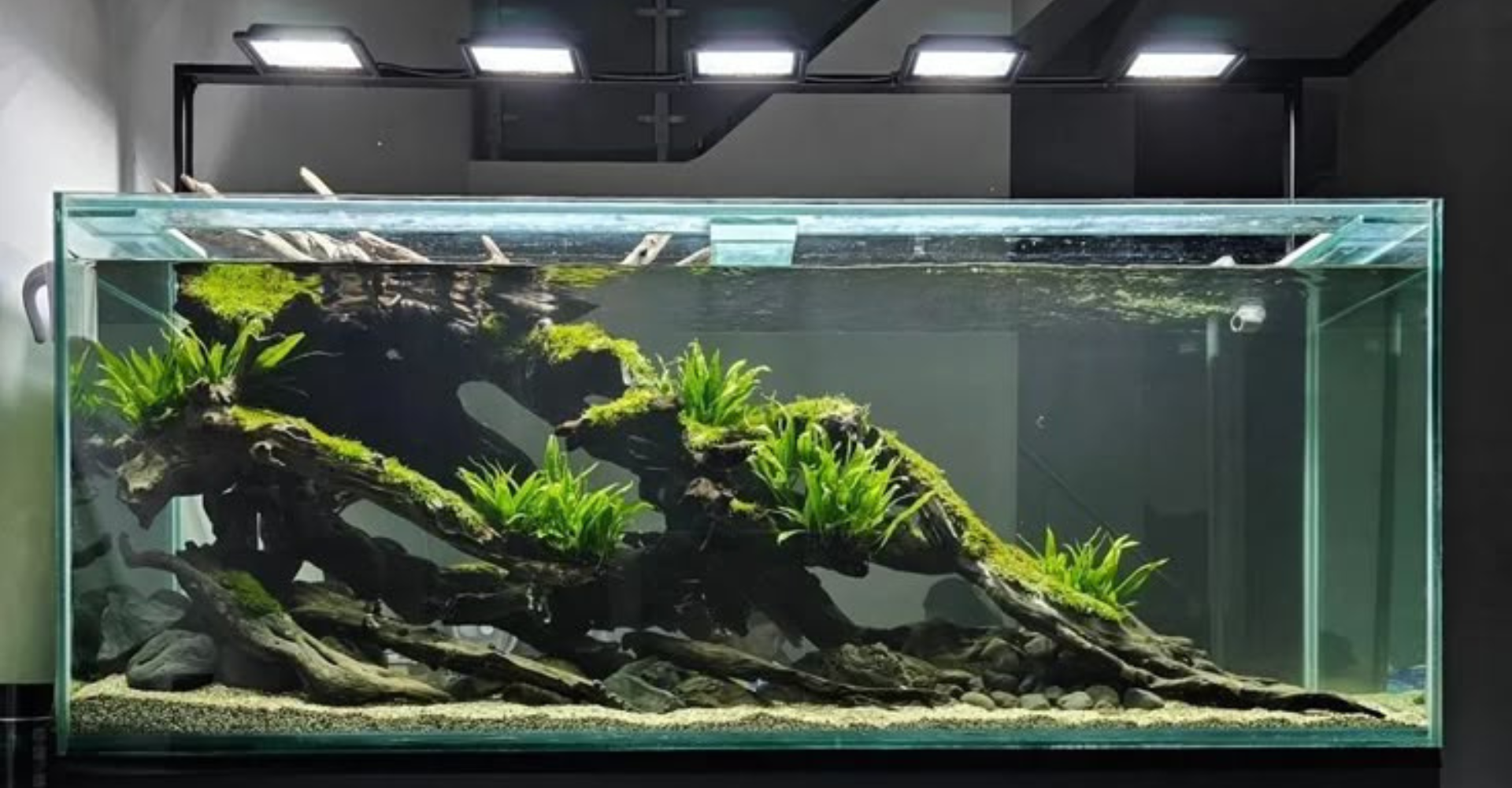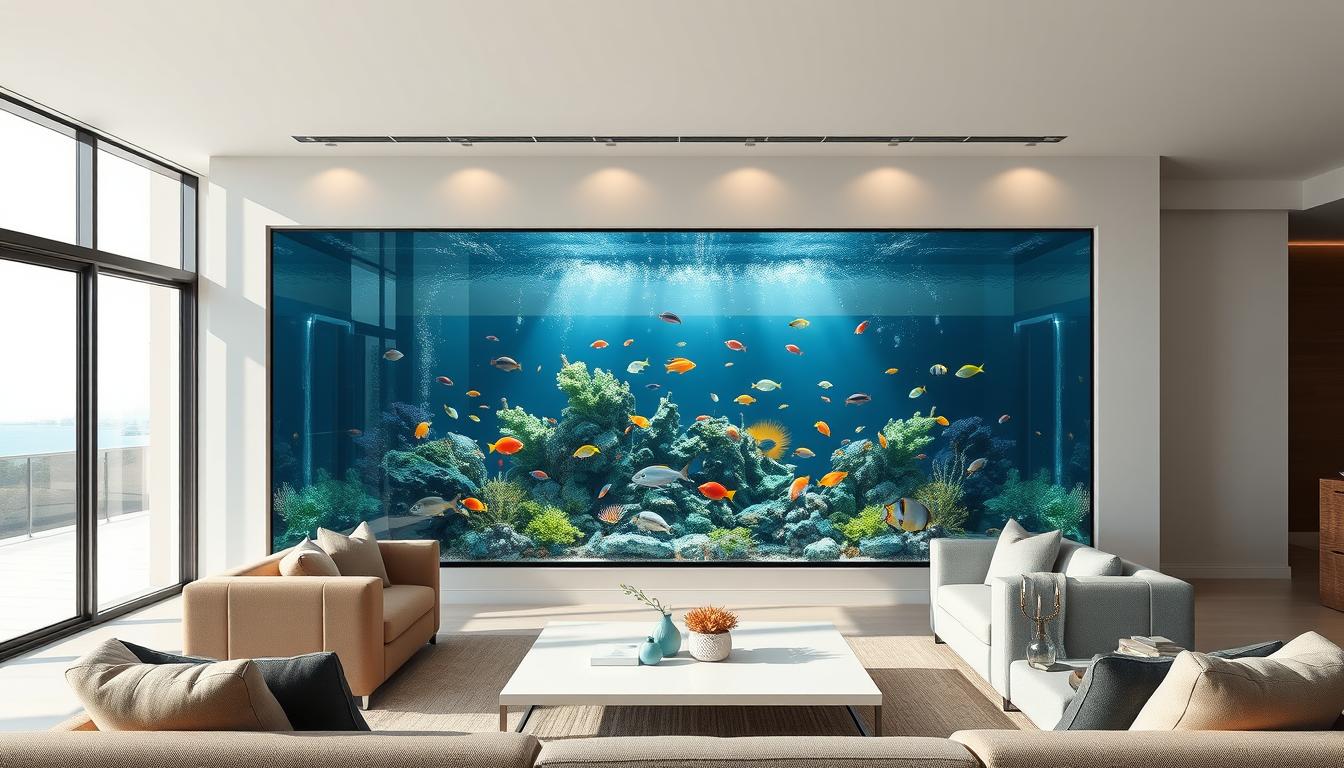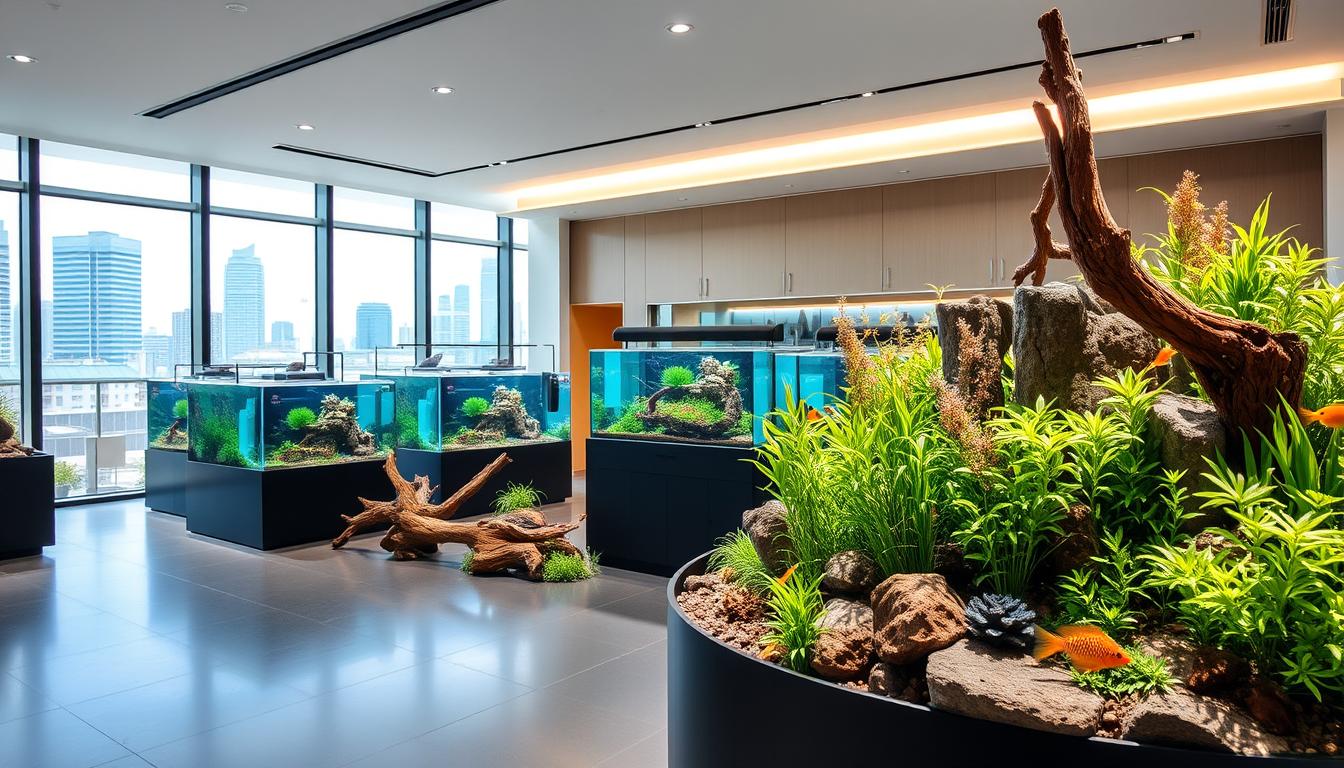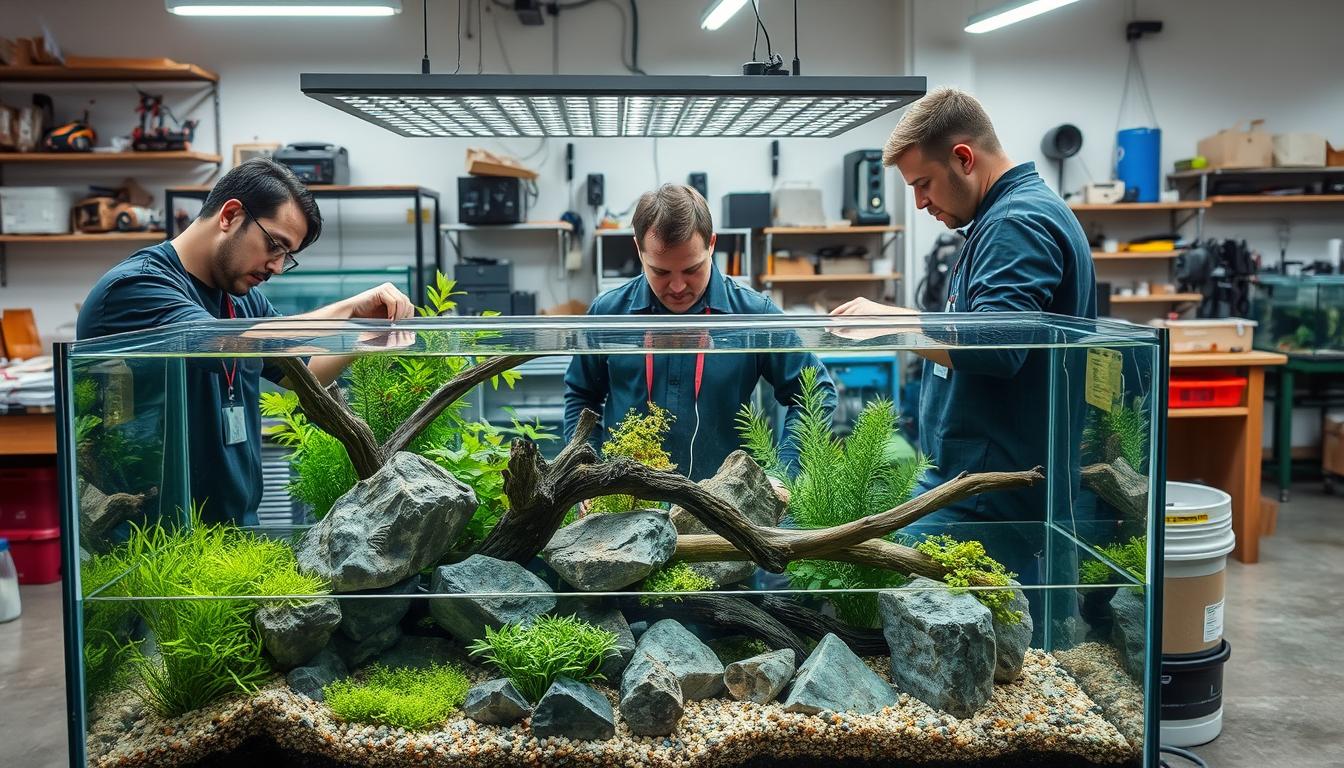Creating a thriving freshwater aquarium starts with choosing the right greenery. Among the most reliable options is a hardy species prized for its lush, durable leaves and adaptability. Whether you’re new to aquascaping or a seasoned enthusiast, this plant offers effortless charm while boosting your tank’s ecosystem.
What makes this species stand out? Its thick rhizomes allow it to anchor effortlessly to rocks or driftwood, making placement flexible. The deep green foliage resists algae and thrives in low to moderate light, perfect for busy hobbyists. Plus, it grows slowly, reducing the need for constant trimming.
Beyond aesthetics, these plants improve water quality by absorbing excess nutrients. They also provide shelter for fish, creating a natural-looking habitat. If you’re unsure where to start, the team at Micro Aquatic Shop is here to help. Reach out via phone at (02) 8320 3037, email cs@microaquaticshop.com.au, or visit Unit 15, 2-8 Daniel Street, Wetherill Park, NSW 2164.
Key Takeaways
- Ideal for beginners due to its tough, low-maintenance nature
- Thick rhizomes let you attach it to decorations or substrate
- Works in any tank zone—front, middle, or back
- Enhances water quality and fish wellbeing
- Slow growth means less pruning over time
- Local experts available for personalised advice
Getting Started with anubias barteri
For a low-maintenance tank, focus on hardy species that thrive in various setups. This popular choice stands out with its broad, leathery leaves and horizontal rhizomes, which store nutrients and help it adapt to different placements. Unlike stem plants, it grows slowly, making it perfect for busy hobbyists. 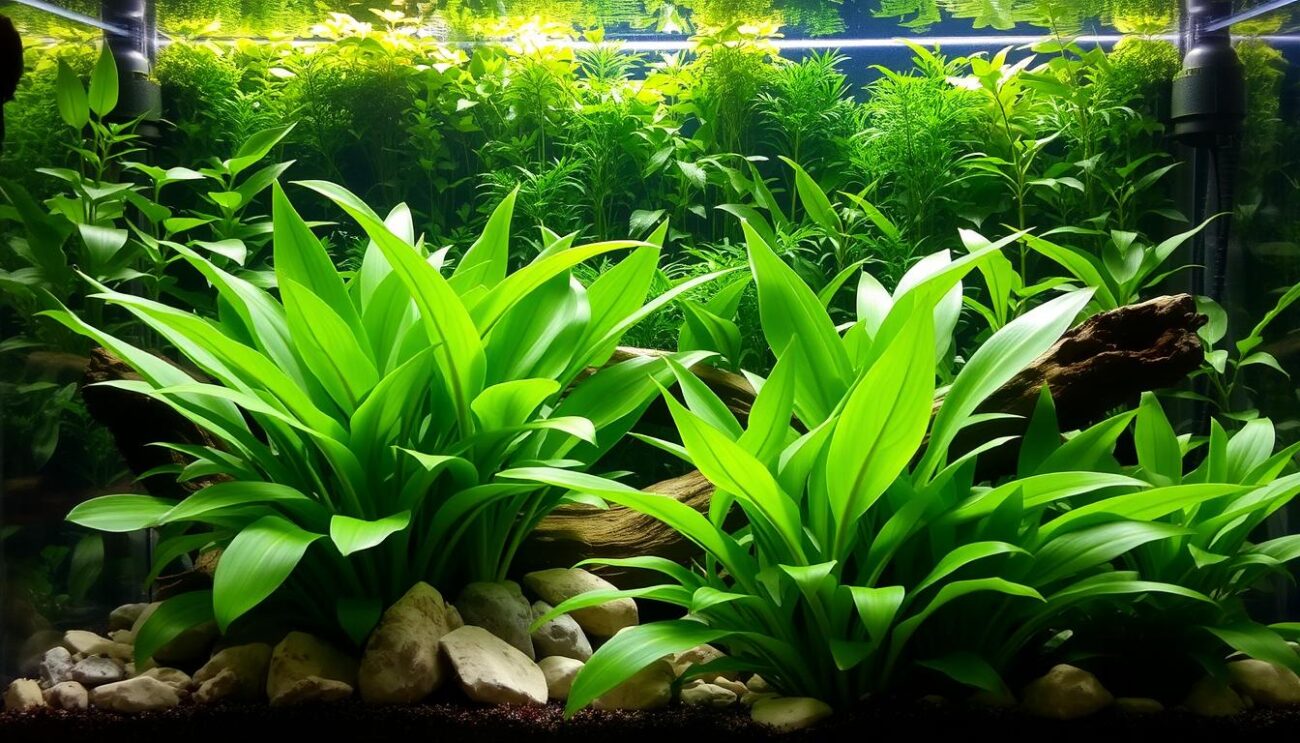
Spotting Key Features
Look for deep green foliage without cracks or yellow edges. While similar to Anubias Nana, this variety has larger leaves and taller growth. Smaller types like Nana suit nano tanks, but Barteri works better as a midground centrepiece.
Crafting the Perfect Environment
A 20-litre tank or larger provides enough space. Keep water parameters stable:
- Temperature: 22–28°C
- pH: 6.0–7.5
- Substrate: Sand or fine gravel
Attach rhizomes to rocks or driftwood instead of burying them. The team at Micro Aquatic Shop recommends checking plants for firm roots and vibrant colour before buying. Need help? Visit them in Wetherill Park or call (02) 8320 3037.
Essential Care Tips for anubias barteri
Keeping your aquatic plants healthy doesn’t need to be complicated. With a few simple guidelines, you can maintain vibrant growth while preventing common issues like rot or algae buildup. 
Balancing Water Conditions
Stable water parameters are crucial. Aim for a temperature range of 22–26°C (72–78°F) and a pH between 6.0–7.5. Sudden changes stress plants, so test weekly using reliable kits. Soft to moderately hard water works best for nutrient absorption.
Lighting Made Simple
These plants prefer low to moderate lighting. Use LED fixtures with adjustable intensity to mimic natural conditions. Avoid direct sunlight—it encourages algae growth on leaves. Limit light exposure to 6–8 hours daily for balanced photosynthesis.
Smart Planting Techniques
Never bury the rhizome—it’s the plant’s lifeline. Attach it to rocks or driftwood using cotton thread or aquarium-safe glue. If using substrate, leave the root system slightly exposed. Sand or fine gravel allows gentle anchoring without compaction.
For personalised advice, the team at Micro Aquatic Shop recommends gentle water flow to keep leaves clean. Ready to expand your collection? Section 4 will guide you through easy propagation methods.
Propagation and Maintenance Strategies
Expanding your aquatic garden is simpler than you think. With the right techniques, you can multiply your greenery while keeping it healthy and algae-free. Let’s explore how to nurture new growth and tackle common challenges.
How to Successfully Propagate Your Plant
Dividing the rhizome is the easiest way to create new plants. Here’s how:
- Use sharp scissors to cut a 3–4 cm section of the rhizome.
- Ensure each piece has at least two healthy leaves and visible roots.
- Attach the cuttings to driftwood or rocks using fishing line—avoid burying them in substrate.
New growth appears in 4–6 weeks. Keep water conditions stable during this period to reduce stress.
Managing Algae and Leaf Health
Algae on anubias leaves often stems from excess light or nutrients. Try these fixes:
- Position plants in shaded areas under taller greenery
- Limit light to 6 hours daily
- Gently wipe leaves with a soft toothbrush
Moderate water flow helps prevent debris buildup. For stubborn cases, spot-treat with diluted hydrogen peroxide (1ml per 10 litres). Regularly check roots for firmness and trim any yellowing leaves. A well-maintained tank not only looks stunning but supports your plant’s long-term vitality. Why not try propagating a small section this weekend?
Enhancing Aquarium Aesthetics with Anubias
Transform your tank into a living artwork with strategic design choices. These versatile plants blend function and beauty, offering endless layout possibilities while supporting aquatic life.
Creative Placement: Zones That Shine
Use their broad leaves to create depth. In the foreground, smaller varieties form lush carpets. Midground placements add texture between colourful stems. Taller specimens work as background focal points.
| Zone | Benefits | Tips |
|---|---|---|
| Foreground | Hides equipment | Pair with fine gravel |
| Midground | Adds contrast | Combine with red plants |
| Background | Mimics natural habitats | Use driftwood anchors |
Design Harmony with Natural Elements
The dark green foliage pops against light substrates or rocks. Try grouping them near cave-like structures—fish love exploring these shaded spots. For low light tanks, position them under floating plants. Visit Micro Aquatic Shop for premium plants on sale. Their expert team stocks a wide range of decor to match your vision. Drop by Wetherill Park or browse online for inspired setups!
Conclusion
Building a vibrant underwater ecosystem is rewarding with the right approach. Maintain water parameters between 22–28°C and pH 6.0–7.5 for steady growth. Pair this with low light conditions (6–8 hours daily) to prevent algae while keeping leaves lush. Always attach rhizomes to driftwood or rocks instead of burying them in substrate—this protects the plant’s vital root system.
Propagation is simple: divide healthy rhizomes and secure cuttings to hardscape. Regular trimming of yellowing leaves and gentle debris removal keeps plants thriving. Position greenery in shaded tank zones or near rocks to create natural shelter for fish while boosting visual depth.
Need personalised advice? The friendly team at Micro Aquatic Shop offers expert guidance. Visit them at Unit 15, 2-8 Daniel Street, Wetherill Park, call (02) 8320 3037, or email cs@microaquaticshop.com.au.
With consistent care and creative placement, your aquarium becomes a captivating haven. Small adjustments to lighting, flow, or layout can dramatically improve plant health and water quality.
Thank you for exploring these tips—here’s to your thriving aquatic masterpiece!

